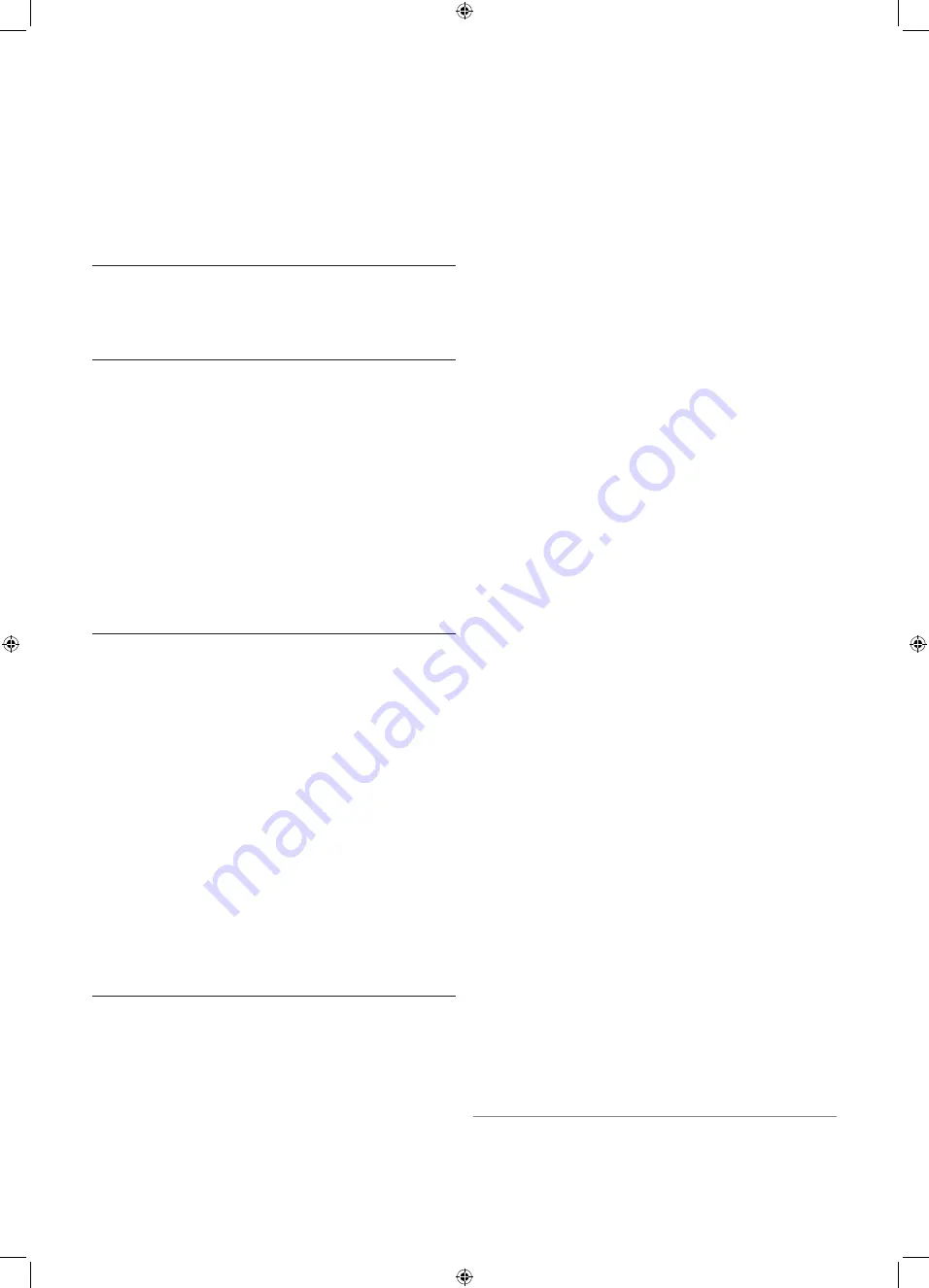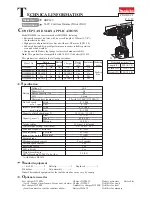
16
Baking Pizza
• For the pizza oven attachment, there are two burners which
you ignite and control in the same way as the main burners
using the relevant control knobs.
• Once the thermometer in lid displays the temperature you
want, place the pizza on the pizza stone. Use a pizza peel to
do this. You should also use this tool to lever the baked pizza
off the pizza oven attachment.
Cooking on the Side Burner (cooK Zone)
PLEASE NOTE!
■
On the side burner you should only ever use cookware that is
suitable for use on gas hobs.
■
The diameter of the cookware must be 12 – 24 cm so that it
fits securely on the side burner.
• Flip up the cover of the side burner and use it like a gas hob
to prepare side dishes and sauces, for example, on the barbe-
cue directly.
Taking the Barbecue Out of Operation
1. Close the valve of the gas cylinder.
2. To do this, turn all control knobs to the
OFF
position.
3. Allow the barbecue to cool down before you move it.
4. Clean the barbecue once it has cooled down (see the “Clean-
ing and Maintenance” chapter). Excessive accumulations of
food residues and cooking fat may cause what is known as a
grease fire.
CLEANING AND MAINTENANCE
PLEASE NOTE!
■
Allow all parts to cool down before you clean them until they
are no longer hot and can be touched.
■
Do not perform any cleaning on the valve of the pressure
regulator! It contains very sensitive components which could
be damaged even on slight contact with other objects. Do not
immerse the pressure regulator in water.
■
The gas system may only be cleaned by a qualified expert. Un-
der no circumstances should you dismantle the controller unit.
■
The inside of a burner must not get wet!
■
Do not immerse the barbecue in water and do not hose it
down. No liquid must get inside the gas-carrying or electrical
components.
■
Disconnect the gas cylinder before cleaning the barbecue
housing.
■
Never pour cold water onto hot parts. This may lead to burns
and material damage.
■
Never use spirits or other flammable or abrasive cleaning
agents.
■
The accessories supplied are not dishwasher-safe.
■
All parts must be dry before they are used or stored away.
To allow you to enjoy using your barbecue for a long time, you
should keep it clean. If it is not cleaned and maintained, it may
not perform as well over time. Low temperatures and uneven
heat distribution are indications that gas-carrying components
should be cleaned. Food residues on the grill rack will cause the
food being cooked to stick on. Grease deposits may cause a
grease fire.
Cleaning the Grease Collecting System (After
Each Use)
■
Do not use any abrasive cleaning agents.
• Empty and clean all parts of the grease collecting system
(grease tray or grease pan) after or before each use. Rinse the
parts with warm water, detergent and a sponge. The easiest
option is to clean them after use in a lukewarm (not hot!)
condition.
Cleaning the Cast-Iron Grill Racks and Grill Plate
(After Each Use)
You clean the grill plate in the same way as the grill rack:
1. Leave the grill rack in the barbecue and remove any coarse
residues with a grill rack cleaning brush or a spatula.
2. You burn off the remaining residues as follows: Switch on the
barbecue for approx. 30 minutes at the highest level (at least
300°C) and close the lid.
3. Allow the grill rack to cool down until you can touch it and
brush off the residues. Then wipe it clean with a damp paper
towel if necessary.
4. We recommend rubbing vegetable oil into the clean grill rack
to maintain it and prepare it for your next barbecue.
Cleaning Enamelled Grill Racks, Warming Racks,
Flame Tamers and Other Enamelled Parts
■
Do not use abrasive cleaning agents or brushes with
steel bristles.
• Clean the grill and warming racks after every use, and clean
the other components when necessary.
• Use a plastic spatula to scrape off coarse residues or soak
them in warm water.
• Then use warm water with a little detergent and a sponge or
soft cloth for cleaning.
Cleaning Stainless Steel Racks
(After Each Use)
• Clean stainless steel racks with warm water, washing-up liquid
and a sponge or stainless steel cleaning pad.
Cleaning the Barbecue Chamber (If Necessary)
During use, evaporated grease and smoke produces carbon which
is deposited in the barbecue chamber.
■
Do not use any abrasive cleaning agents.
1. Remove all food residues and deposits of grease throughout
the barbecue chamber. You can do this using a plastic spatula,
for example.
2. Then wipe the surfaces clean with a soft cloth. If there is
heavier soiling, you can wash it off with warm water, deter-
gent and a sponge and then wipe dry with a non-abrasive
cloth.
Cleaning the Outsides (If Necessary)
The outsides of the barbecue consist of different materials and
surfaces. We therefore recommend different cleaning methods
depending on the type of surface.
Stainless Steel Surfaces
• Use a non-abrasive stainless steel cleaner and follow the man-
ufacturer’s instructions.
Do not use any abrasive pastes!
• Otherwise you can use warm water, a household cleaner
and a sponge for cleaning. Then rinse the surfaces with clear
water and dry them with a soft cloth.
L
If the barbecue is exposed to a particularly harsh environ-
ment, the outside of the barbecue must be cleaned more
frequently. In an environment containing chloride and
sulphide, in particular in coastal regions, stainless steel
may also oxidise or display spots. Salt water, acid rain,
close proximity to pools and hot tubs and other extreme
EN
22152_Inlay_M_LM_CE_V2.indb 16
22152_Inlay_M_LM_CE_V2.indb 16
05.12.2022 14:53:43
05.12.2022 14:53:43
















































